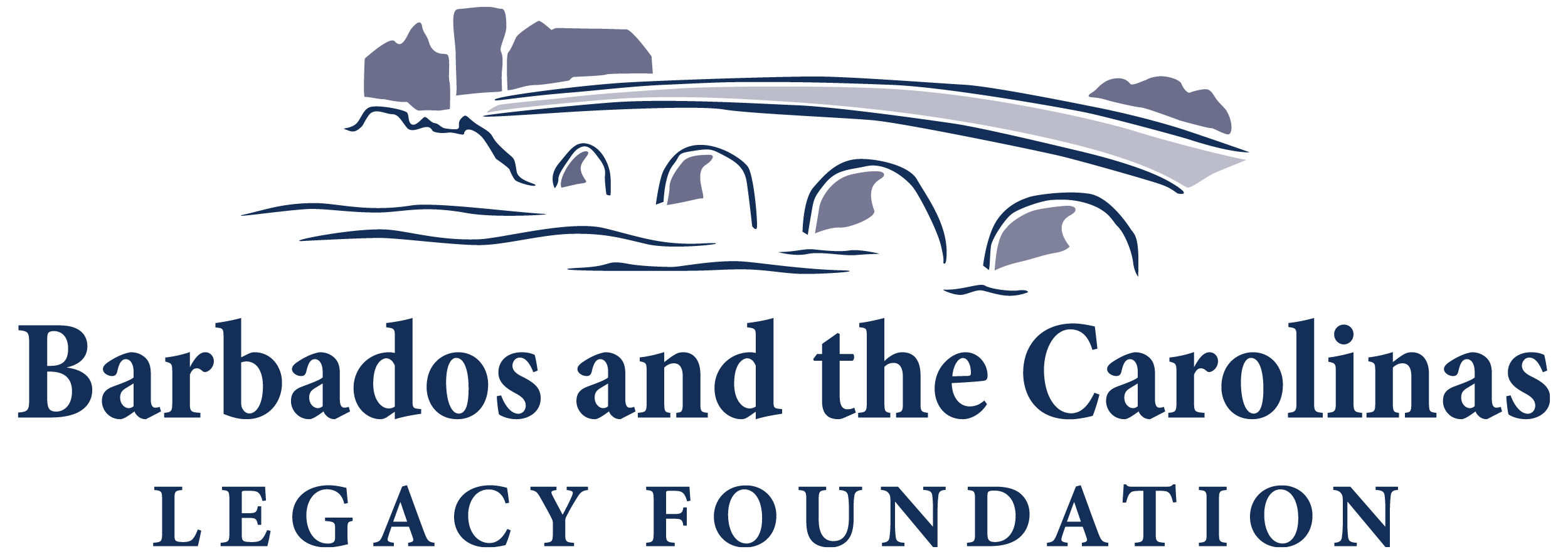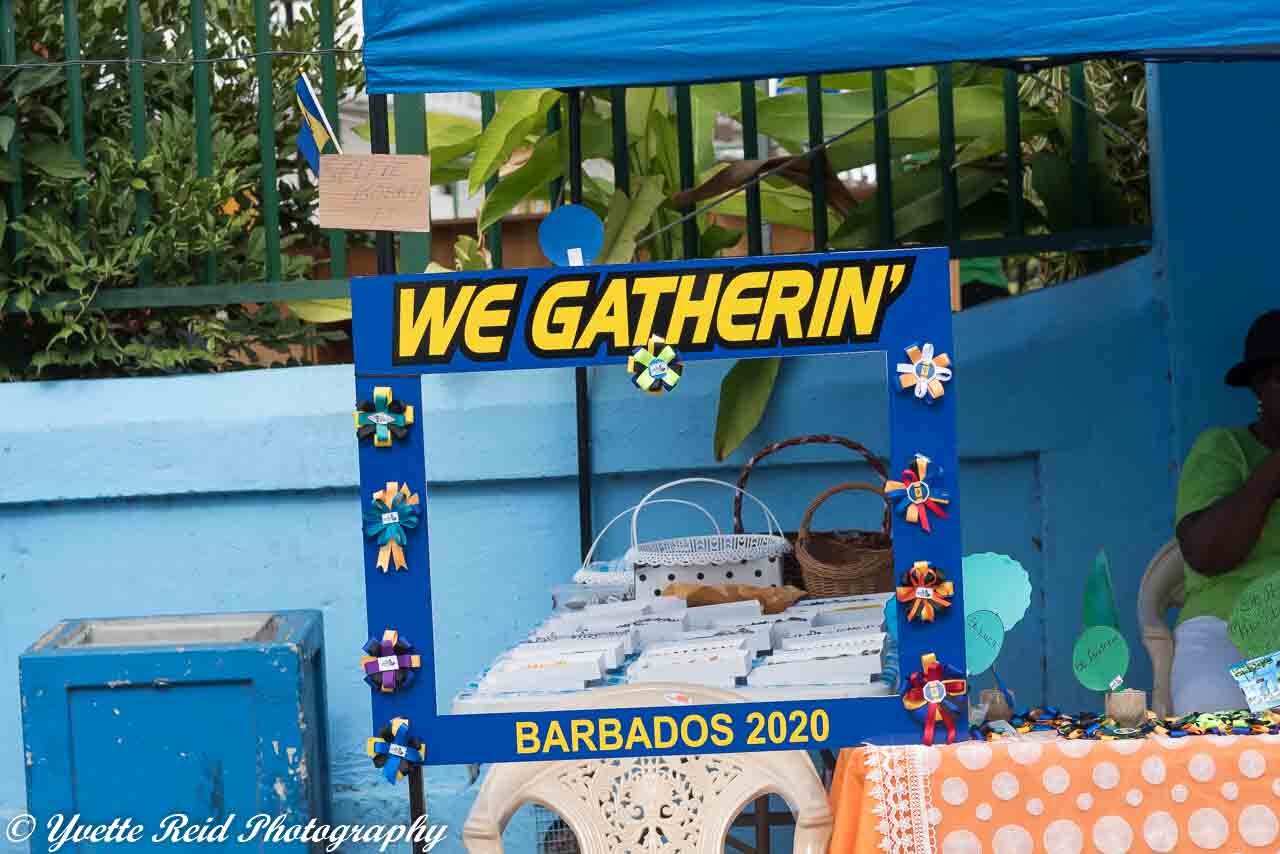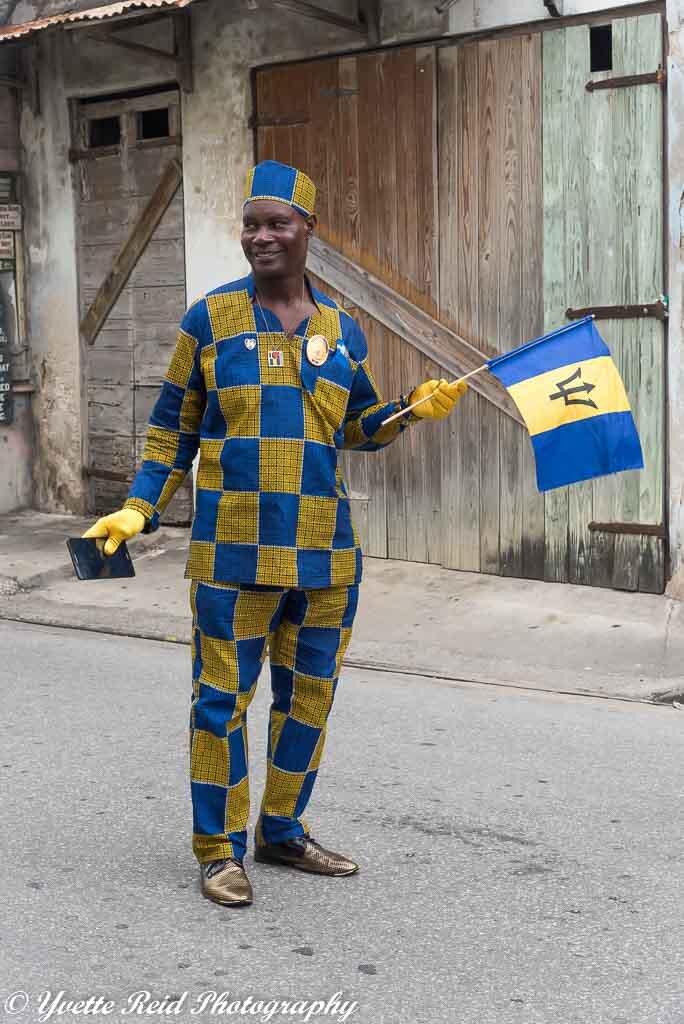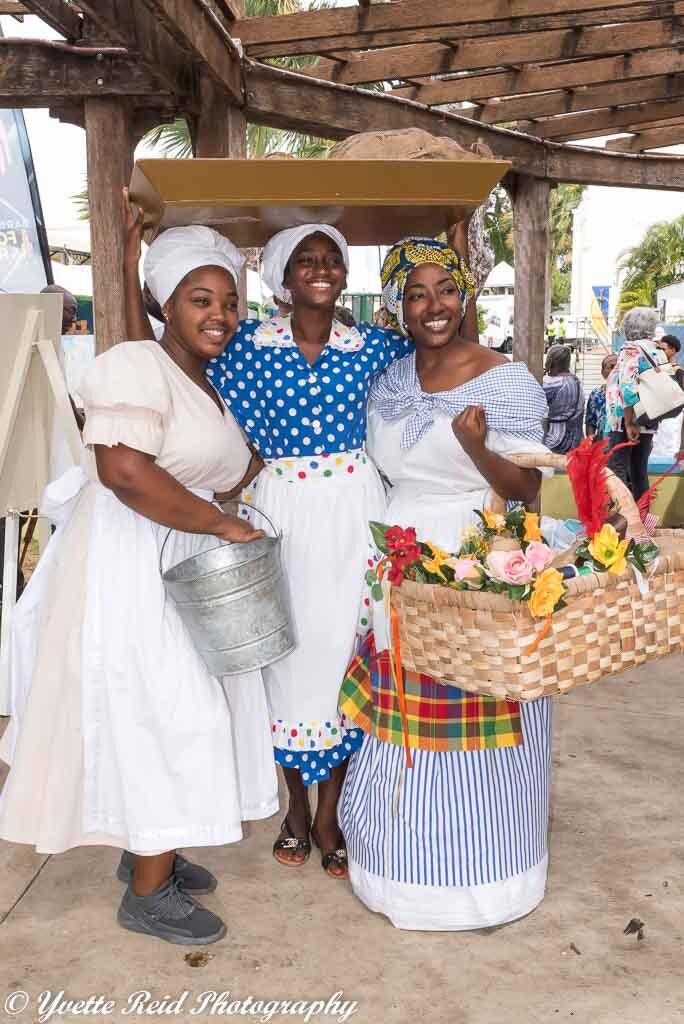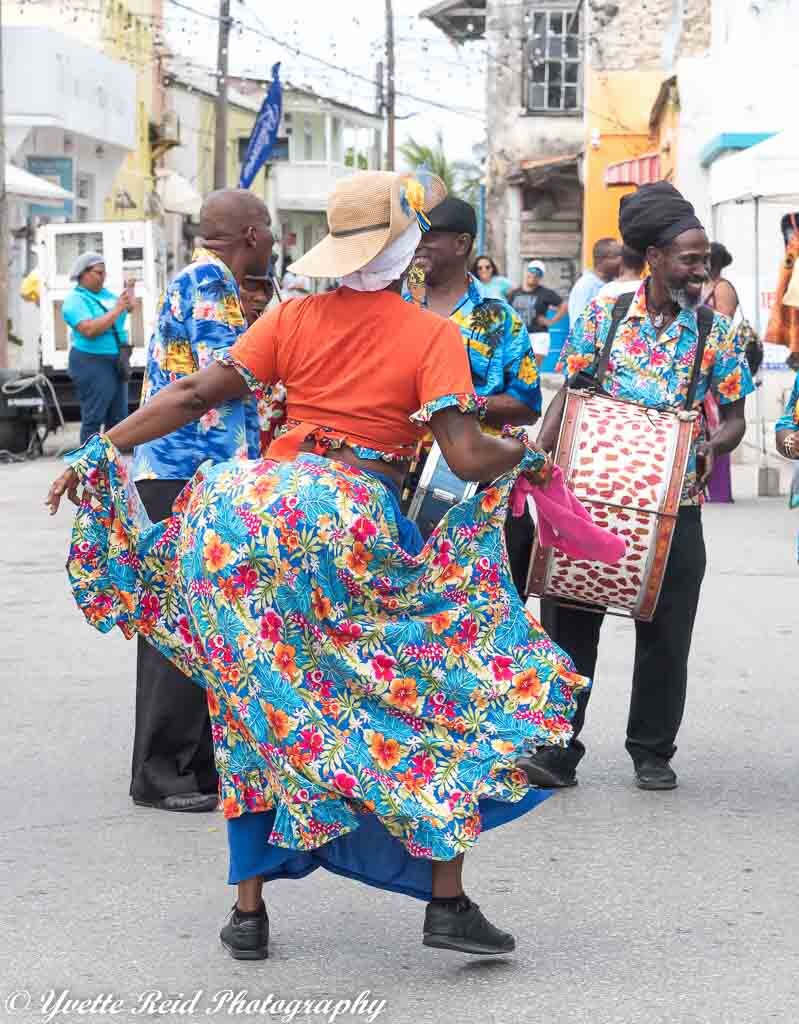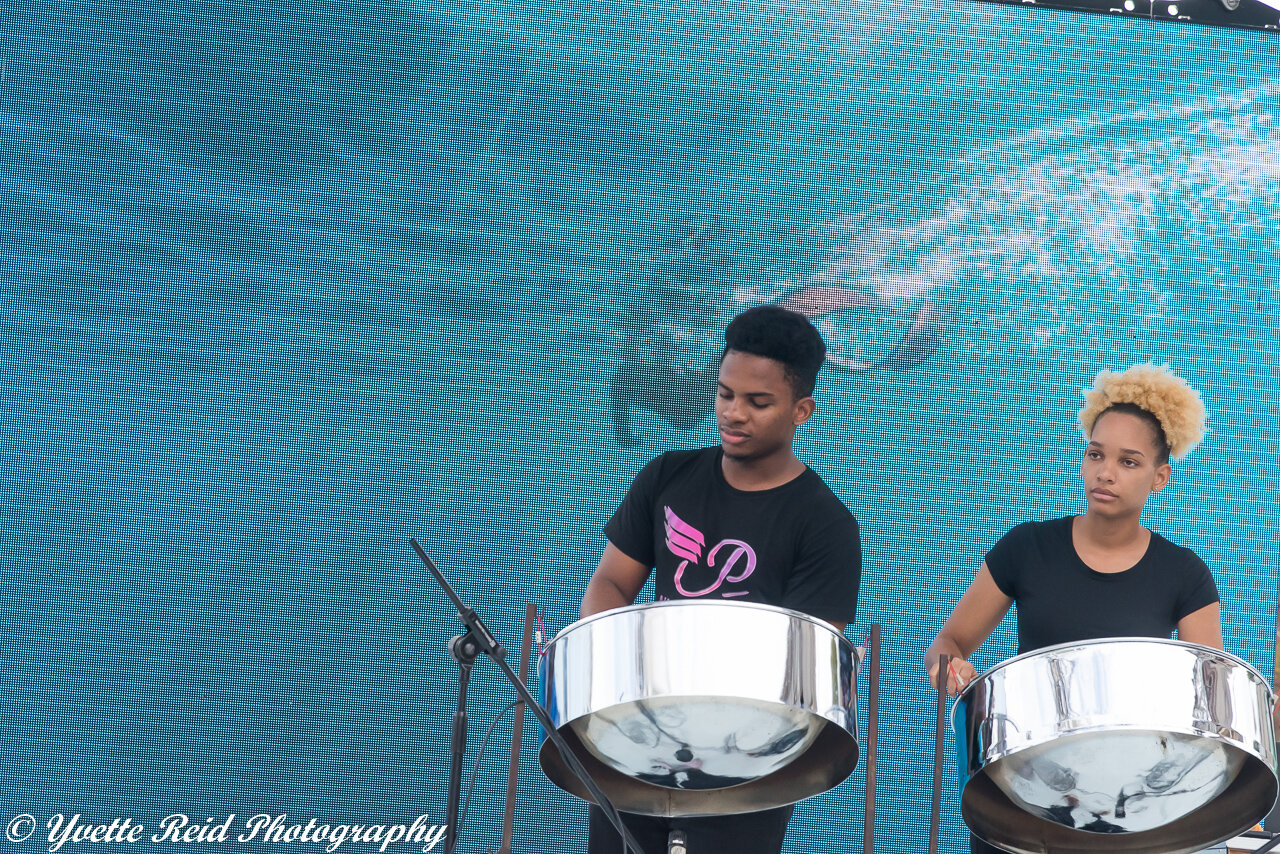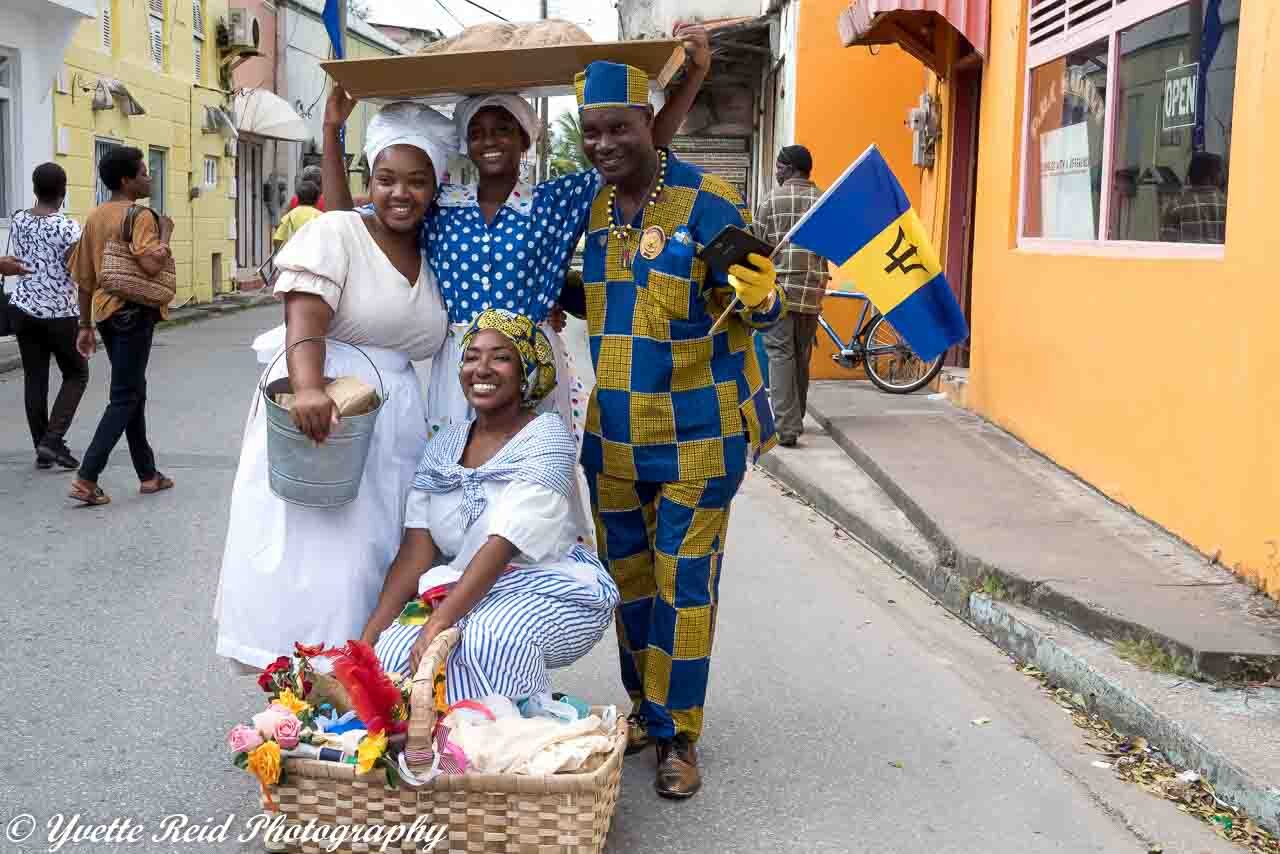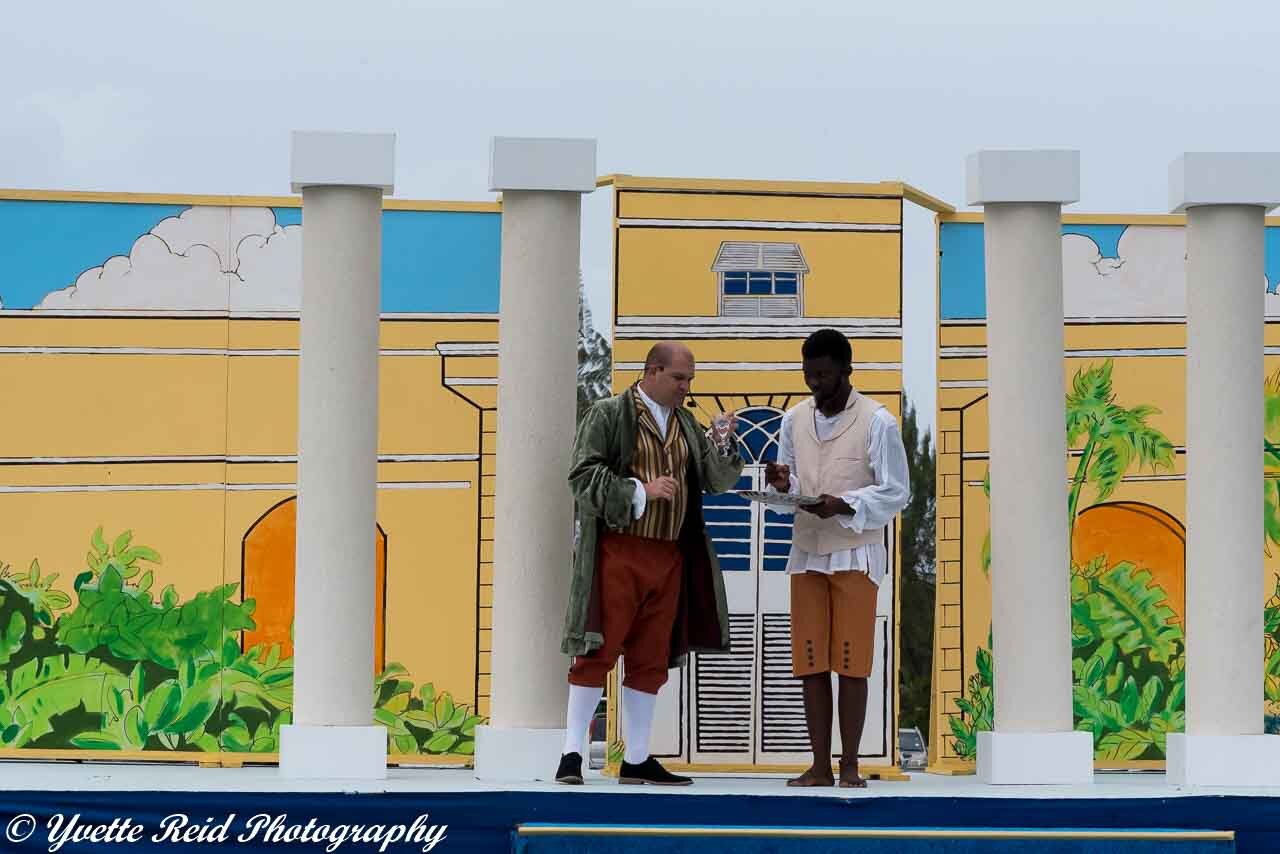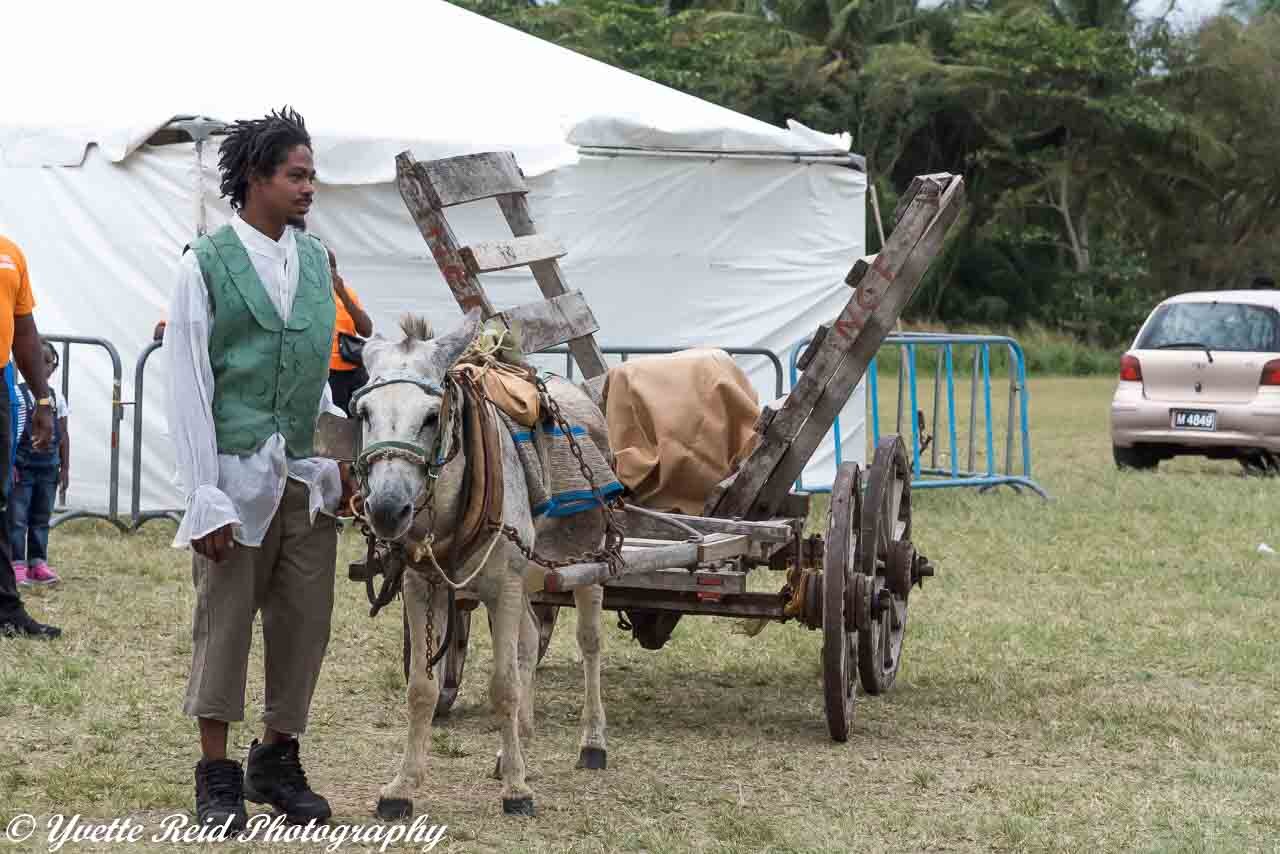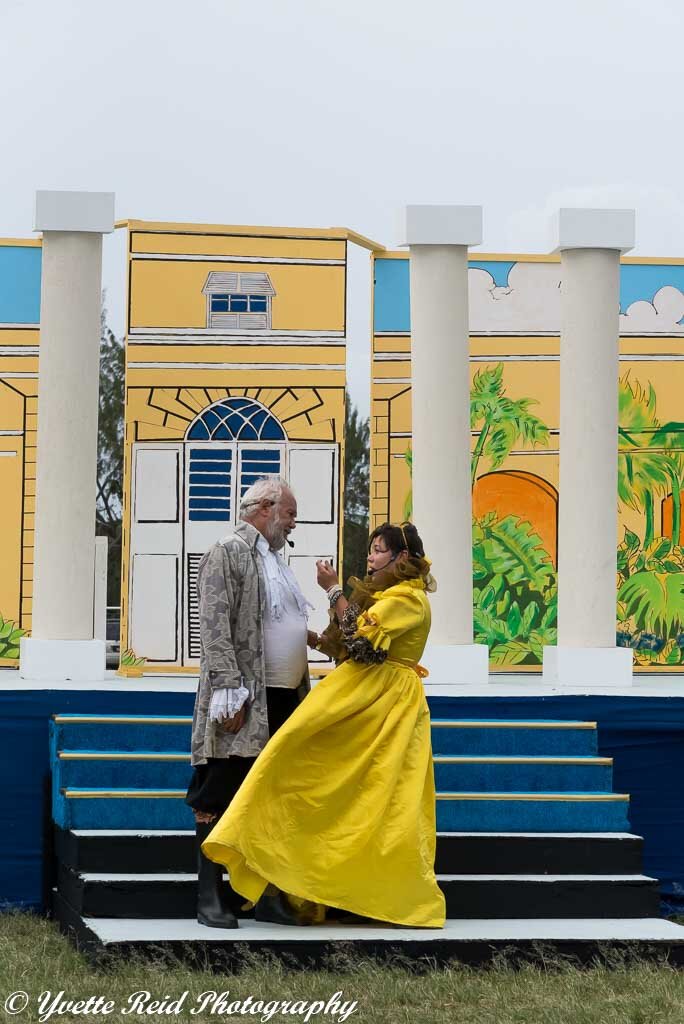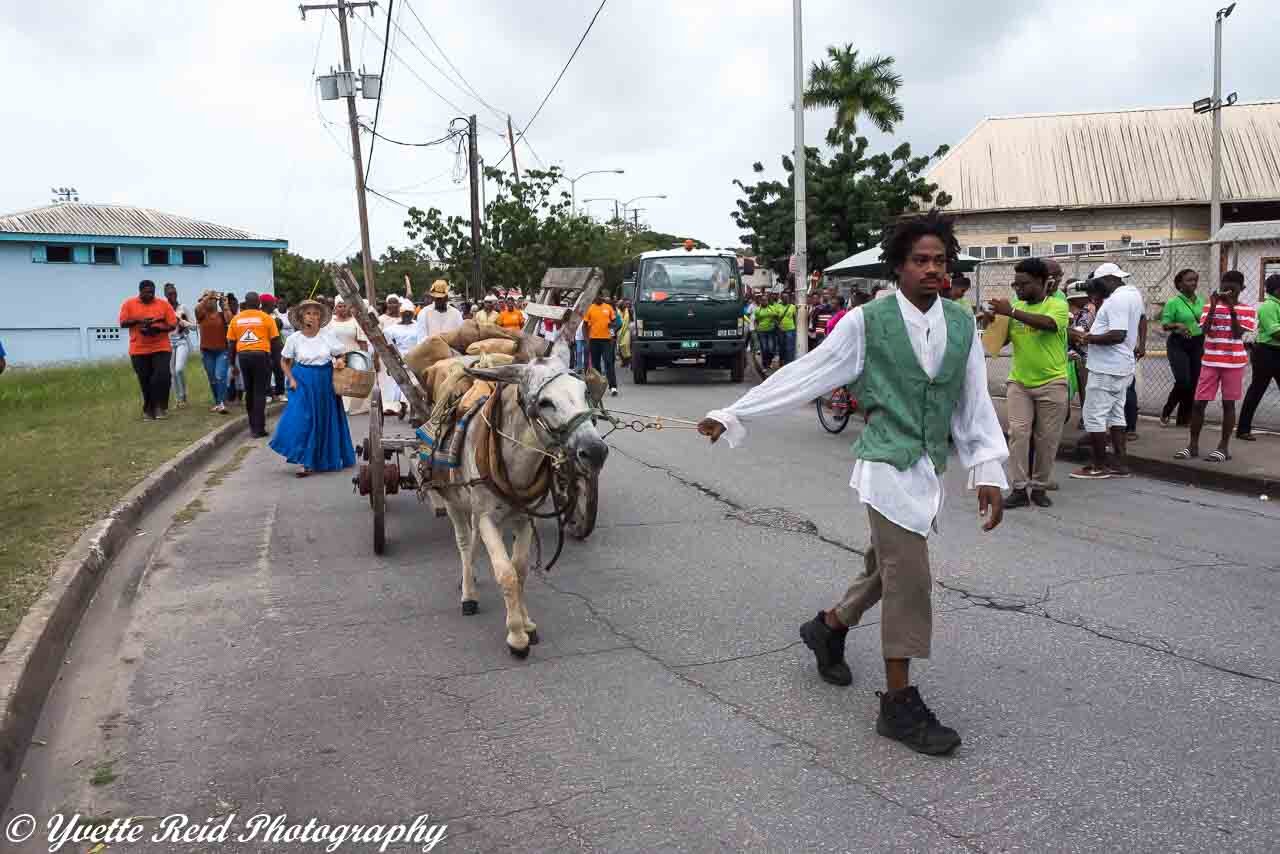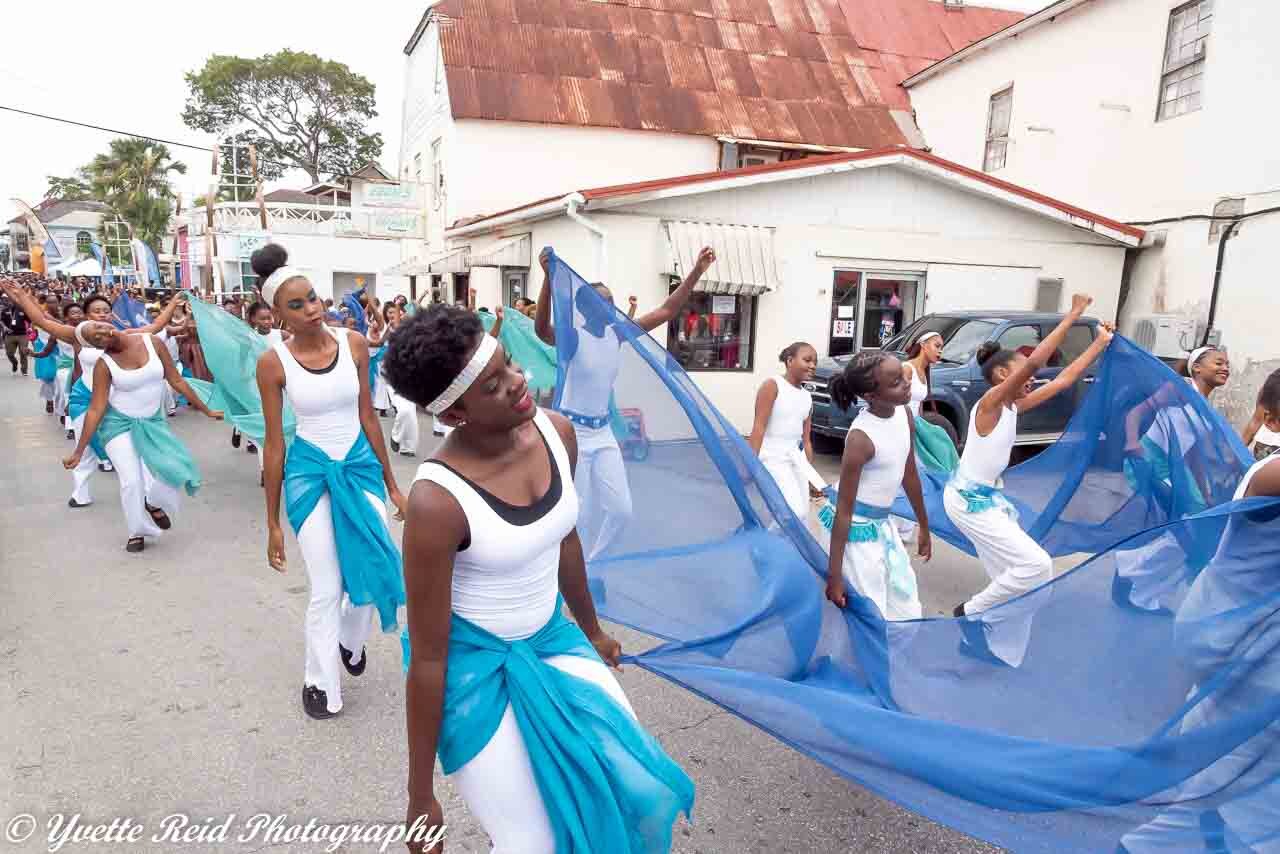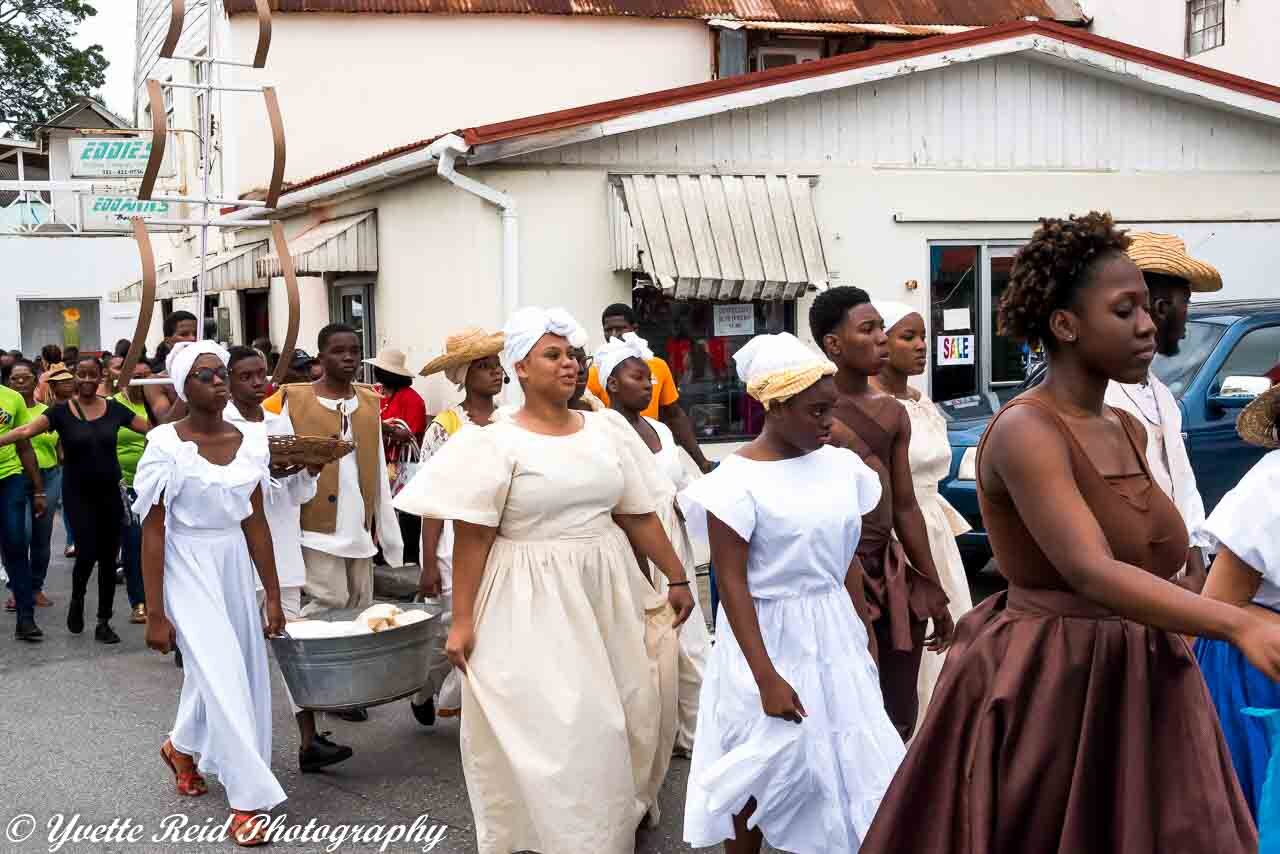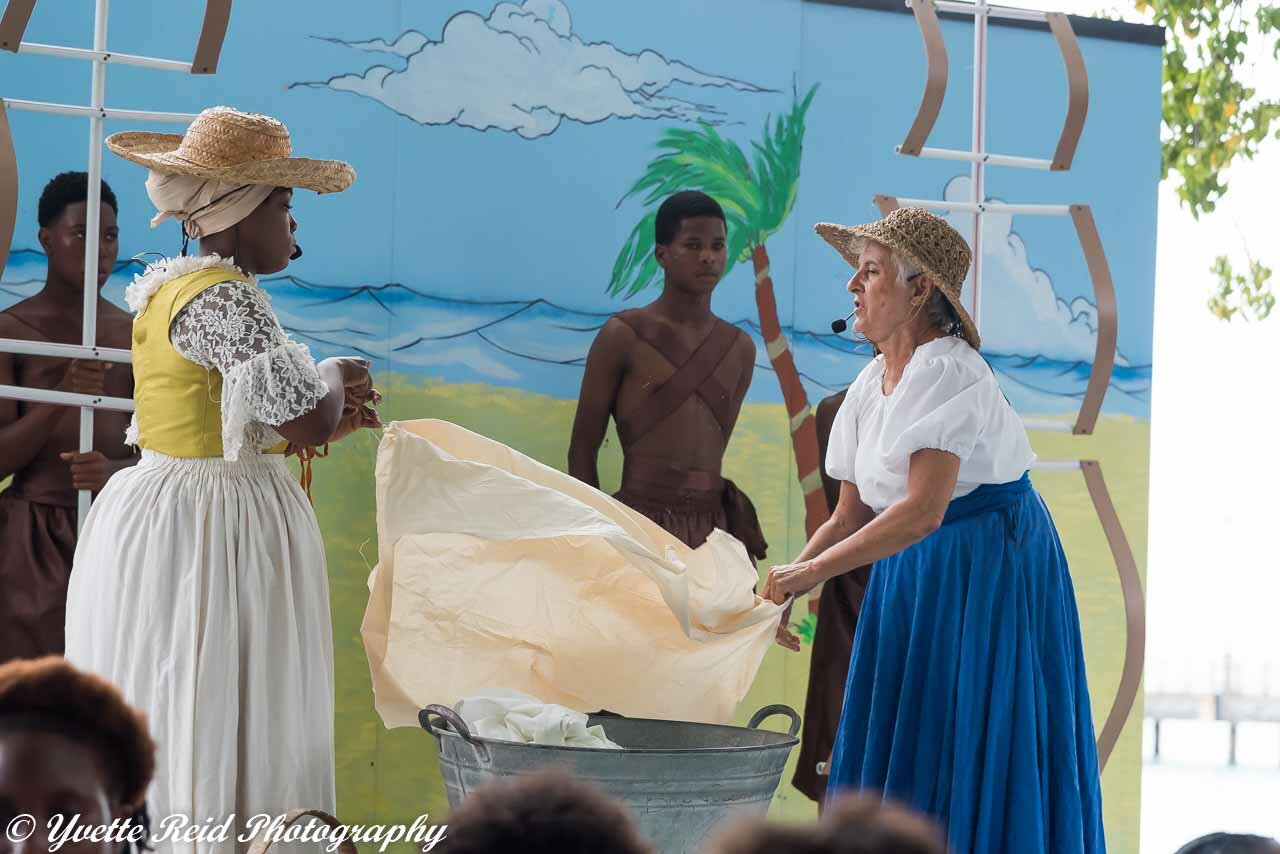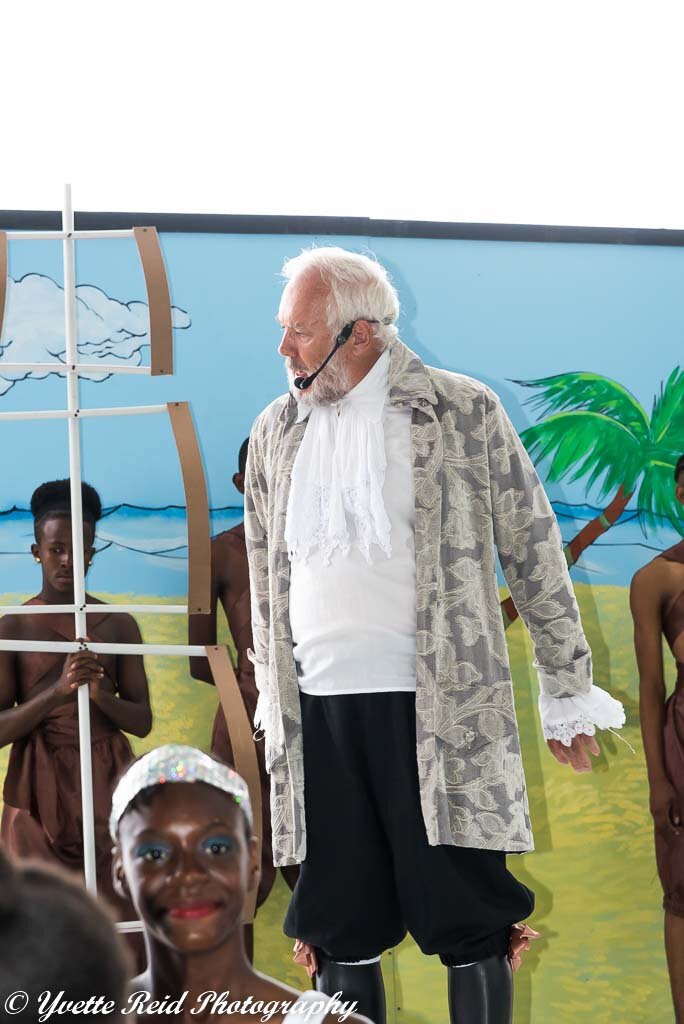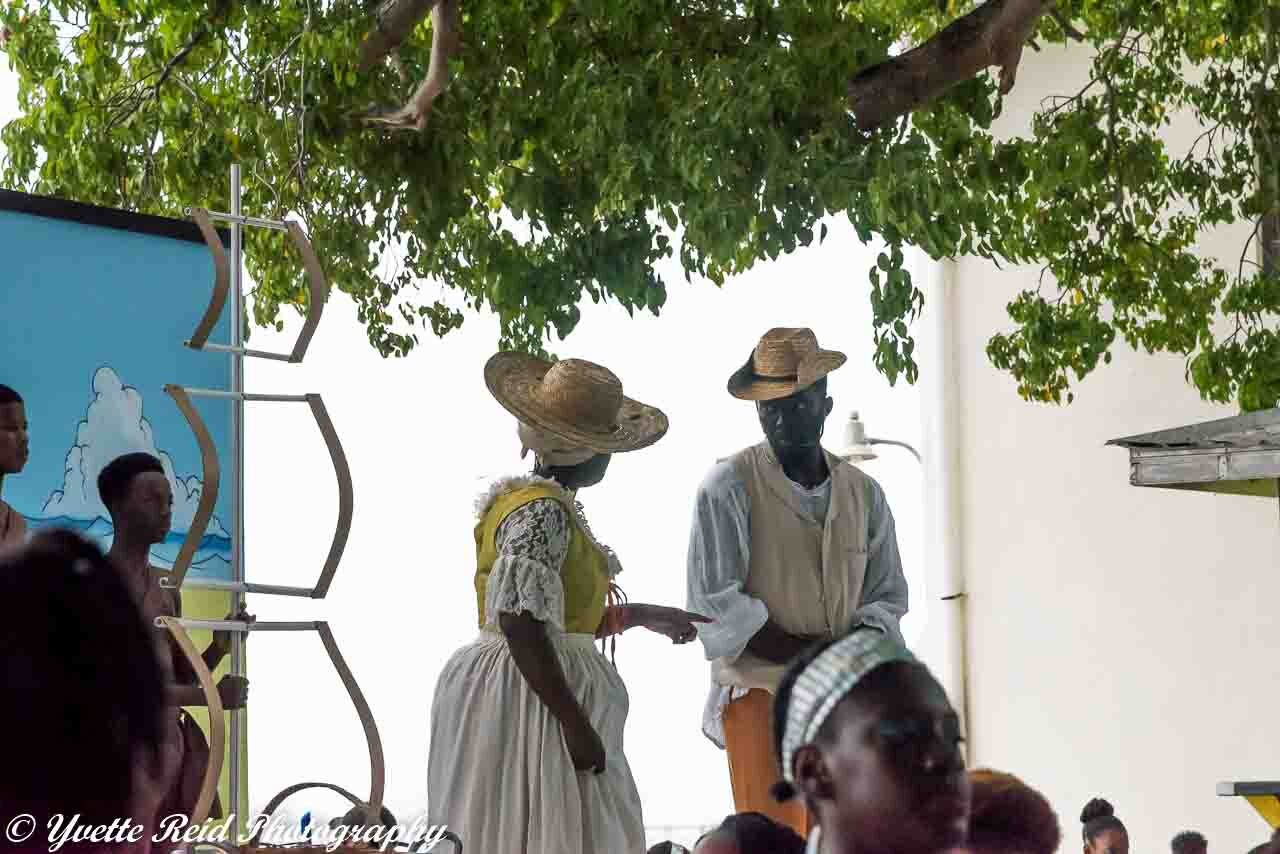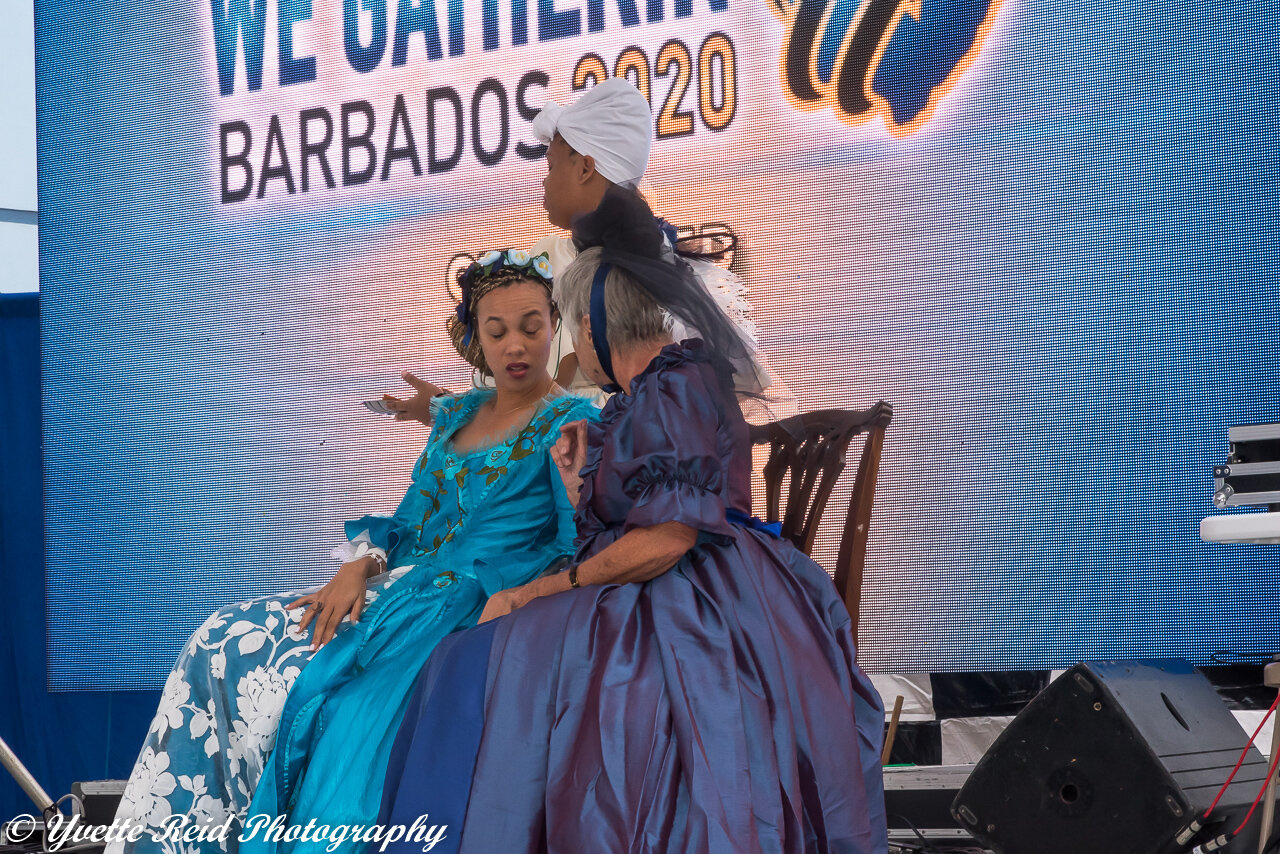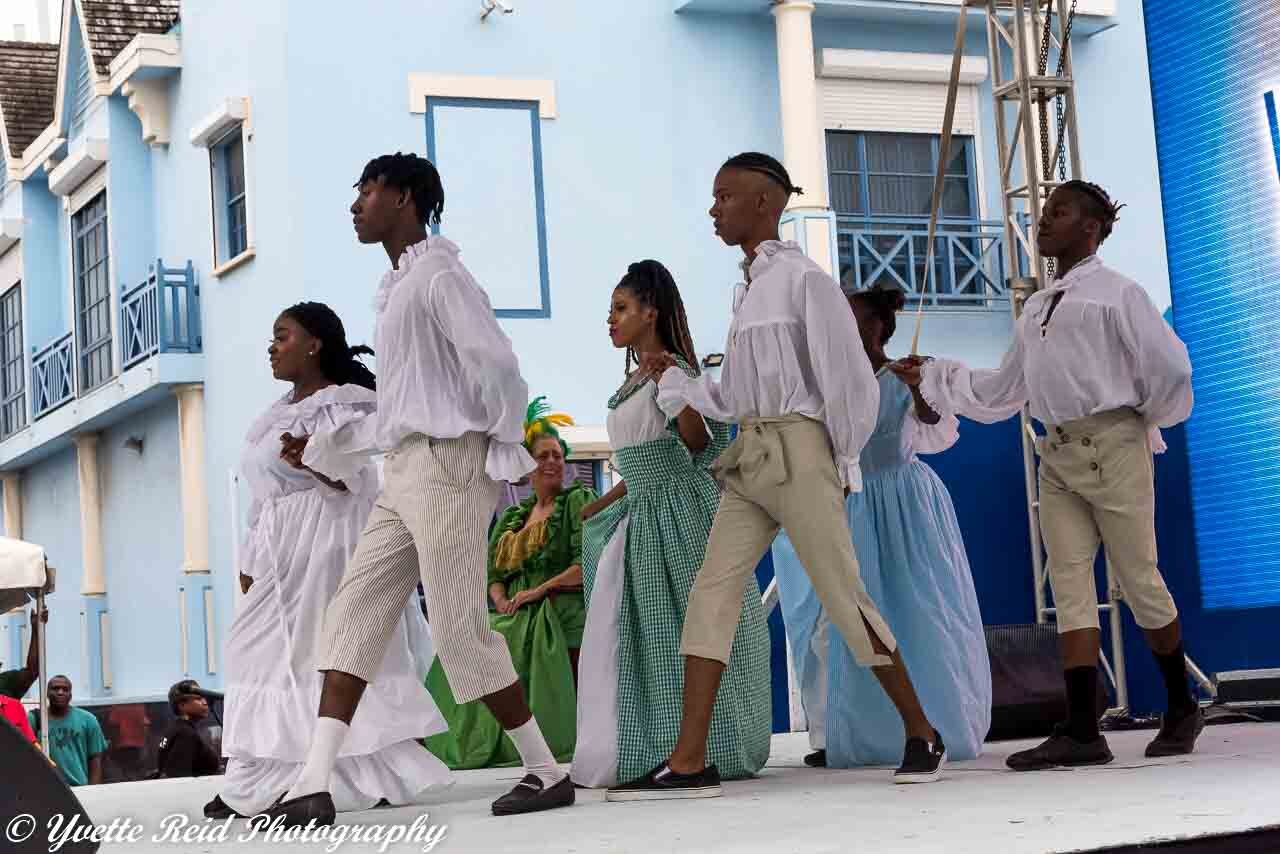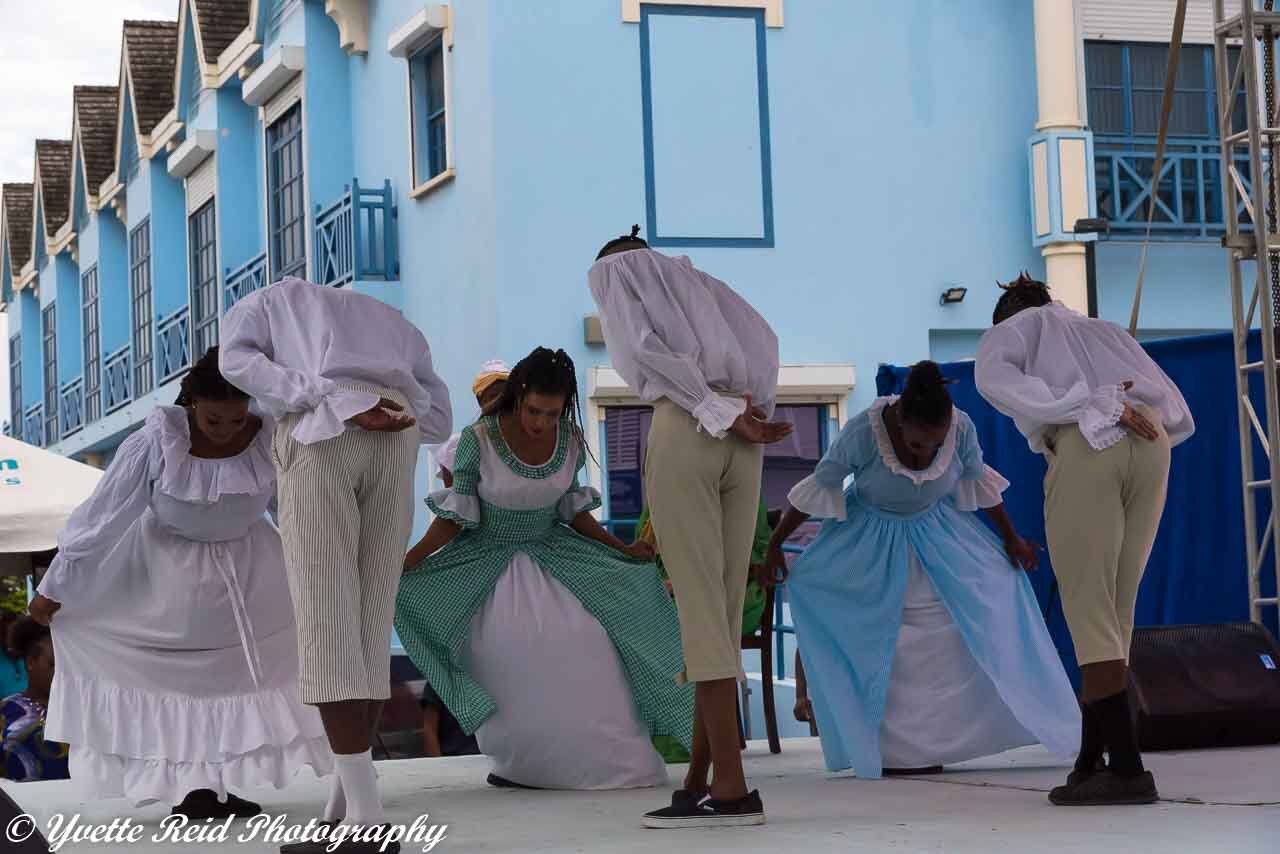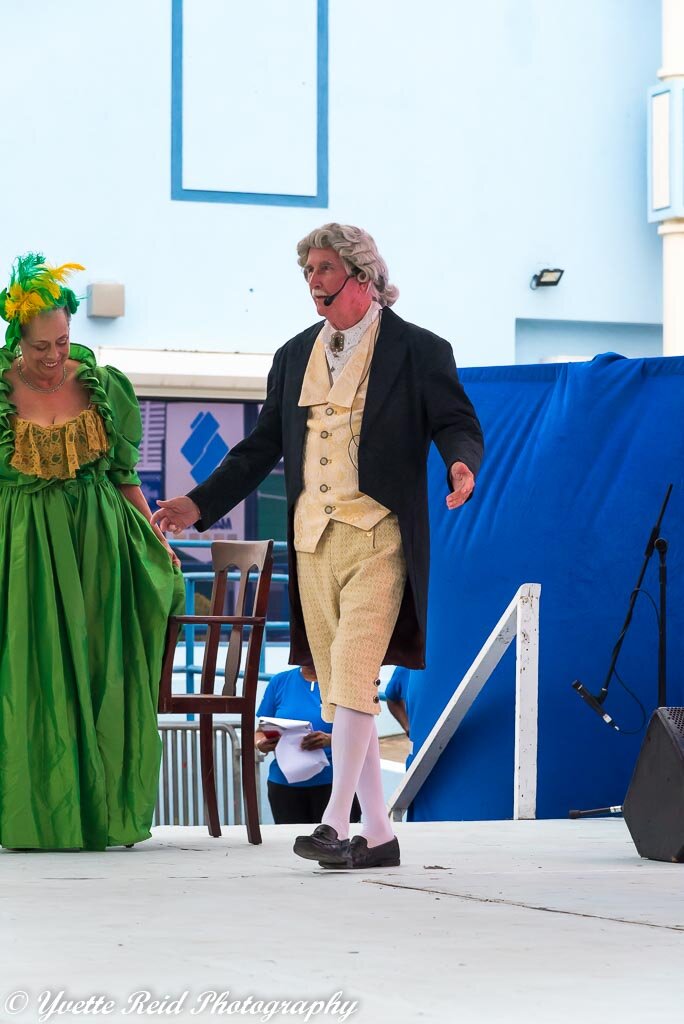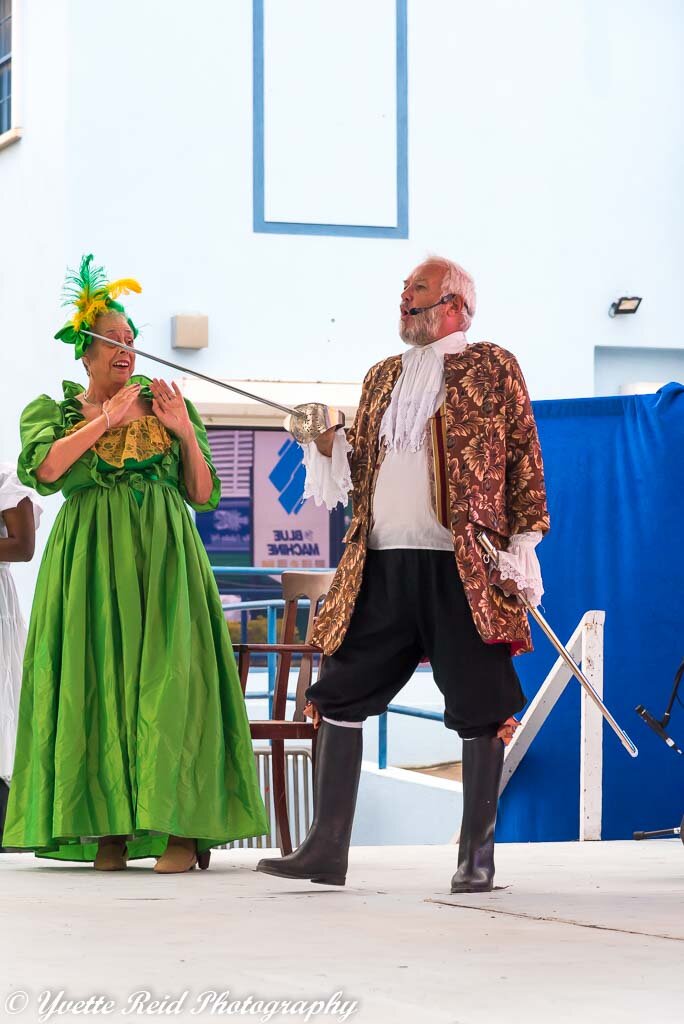Barbados and Charleston, SC commemorations interrupted by COVID-19
The year 2020 loomed before us. Charleston’s leaders and citizenry assiduously planned for Charleston’s 350th 12-month birthday celebration to highlight aspects of Charleston’s history, heritage, and culture. Charleston has “come a long way,” and everyone was eager to contemplate, to commemorate its failures and its progress. Excitement and anticipation were at a fever pitch. Then pause!
Off the Atlantic coast, moving southward beyond the archipelago sitting in the Atlantic Ocean, is Barbados. Prime Minister Mia Amor Motley and Barbadians home and abroad are poised to celebrate a momentous year – the island’s 2020 We Gatherin. The year 2020 began with a bang! Then pause!
Each of the 11 parishes in Barbados was assigned a month “to show its wares.” St. Peter’s month was February. Parish leaders and citizenry showcased one of Speightstown’s historical events in grand style. They re-enacted the expedition where British settlers from Barbados made the treacherous journeyed to Carolina in 1670. The voyage which linked Barbados and the Carolinas was live-streamed to the College of Charleston. Sleepy Speightstown washed by azure blue waters of the Caribbean Sea and spruced up by verdant green trees and foliage became pivotal in the world-changing journey that defined Barbados and Carolina history. They breathed life into personalities centuries departed. Names like Sayles, Colleton, Drayton, Middleton, Yeamans, and others of lesser renown resonate with both Charlestonians and Barbadians. The involvement of enslaved people, indentured servants, all busily engaged in the preparatory hustle and bustle for a journey to the great unknown was captivating. Their varying moods, hopes, questions exhibited by the caste transported us to that formative and tumultuous period of connecting history.
The historical kinship between the Barbados colony and the Carolina colony presents striking similarities and differences: Barbados small - Carolina gigantic. Barbados limited resources – Carolina’s bountiful possibilities. Yet Barbados became the social template that Carolina adopted and adapted.
Charles Towne was birth at Albemarle Point in 1670. A majority of the settlers arrived from “Mother colony” Barbados with enslaved people, indentured servants, and others looking for more opportunities. About a decade later, the City of Charleston, bordered by the Ashley and Cooper Rivers, loomed as an upcoming historic port city. Over time thousands of enslaved arrived at a bustling wharf - Gadsden Wharf in the City. Churches whose steeples reached towards heavens earned Charleston the title of the Holy City. Magnificent buildings, grand houses along streetscapes which sometimes afforded glimpses into beautiful gardens tucked away behind private walls emerge. Trade and travel brought people of every ilk to Charleston and made it a growing cosmopolitan City.
In recent decades stewards of Gullah-Geechee heritage and legacy have arisen to put the spotlight on the role of their enslaved ancestors in building this City - this state, in the face of unmitigated pain, struggle, and continuing fight for equity and justice for all. It’s Charleston’s unsavory story - South Carolina’s history.
Barbados (1627) and Carolina (1670) history evolved - each has its own story to celebrate - to commemorate. COVID-19 world-wide infliction required a time-out. May this period of pause allow us to reflect upon our shared stories and continuing interdependency. Once “Persons of Quality,” enslaved ancestors and their descendants, indentured servants, and their progeny, the elite and people of no consequence coexisted for convenience and need only.
COVID-19 has shown it is no respecter of persons - it attacks the high and the lowly. However, it brings into sharp focus the vulnerabilities and inequities that still exist. The rallying cry: “We’re all in this together.” Is it so?
Submitted by Rhoda Green, Barbados Honorary Consul to the Carolinas / President of the Barbados and the Carolinas Legacy Foundation
April 17, 2020
Enjoy the photo gallery from the live-streamed reenactment below. Photos courtesy of Yvette Reid.
